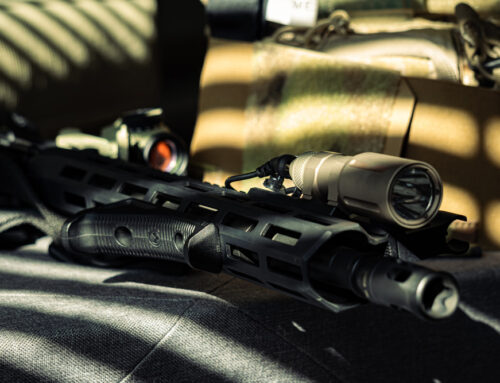Introduction
Truck drivers in the United States and Canada, like all road users, are continuously exposed to the sun’s ultraviolet (UV) radiation, often for hours at a time. The large windshields and side windows in many trucks expose drivers to significant UV radiation, posing a genuine risk that highlights the importance of understanding and addressing potential hazards proactively. In this article, we emphasize the significance of utilizing automotive window security film as a protective measure against harmful UV rays.
Understanding UV Radiation
UV radiation is a part of the sun’s natural light spectrum, but it can be harmful to human skin and eyes. UV radiation is categorized into three types: UVA, UVB, and UVC, the latter is absorbed by the Earth’s atmosphere without posing any threat. However, both UVA and UVB rays reach the earth’s surface, giving rise to significant health concerns. UVA rays, in particular, can penetrate window glass, damaging the skin and increase the risk of skin cancer.
According to the American Cancer Society, most of the 5.4 million skin cancers diagnosed each year in the United States are associated with exposure to UV radiation from the sun. The Skin Cancer Foundation also states that truck drivers are more likely to develop skin cancer on their left side due to exposure from the driver’s side window.
Role of Automotive Window Film
Automotive window film plays a pivotal role in blocking harmful UV rays. Quality window films such as 55 Safety automotive security films can block up to 99% of UVA and UVB rays, thereby reducing the risk of skin damage and related health issues. Unlike sunglasses or visors, which only shield a portion of the driver’s body, window film provides full protection for all exposed skin.
In addition to providing UV protection, automotive window films also reduce glare and enhance comfort. These films effectively block the sun’s heat, reducing the heat in the cabin of the truck. This reduces the reliance on air conditioning and potentially leads to fuel savings. Long-haul drivers, who often spend long hours on the road, benefit significantly from these features.
Understanding Different Window Film Options
It is crucial to recognize that not all automotive window films are identical in their attributes. When choosing a window film, drivers should consider the film’s UV protection level, heat rejection capabilities, glare reduction, and local legal tint limitations. While darker films tend to provide better heat rejection, advancements in technology have led to the development of clear and lighter films that offer high levels of UV protection without violating any laws such as 55 Safety automotive security films.
Conclusion
All in all, automotive window film emerges as a highly effective and practical solution for safeguarding against harmful UV rays. Automotive films provide protection, comfort, and potential fuel savings, making them an excellent investment for truck drivers around the globe. With mounting evidence of the detrimental effects of UV exposure, the significance of adopting preventive measures, such as installing high-quality window film, becomes ever more critical. Beyond merely enhancing comfort, it becomes a matter of prioritizing long-term health and safety.
References:
American Cancer Society. (2021). Key Statistics for Basal and Squamous Cell Skin Cancers.
[Online] Available at: https://www.cancer.org/cancer/types/basal-and-squamous-cell-skin-cancer/about/key-statistics.html#:~:text=According%20to%20one%20estimate%2C%20about,cell%20cancers%20occur%20less%20often. https://www.cancer.org/cancer/cancer-causes/radiation-exposure/uv-radiation.html
Skin Cancer Foundation. (2021). Skin Cancer Facts & Statistics.
[Online] Available at: https://www.skincancer.org/skin-cancer-information/skin-cancer-facts/
Please note that this article is meant for informational purposes only. It is always advisable to consult with a professional to discuss your specific circumstances and requirements.




